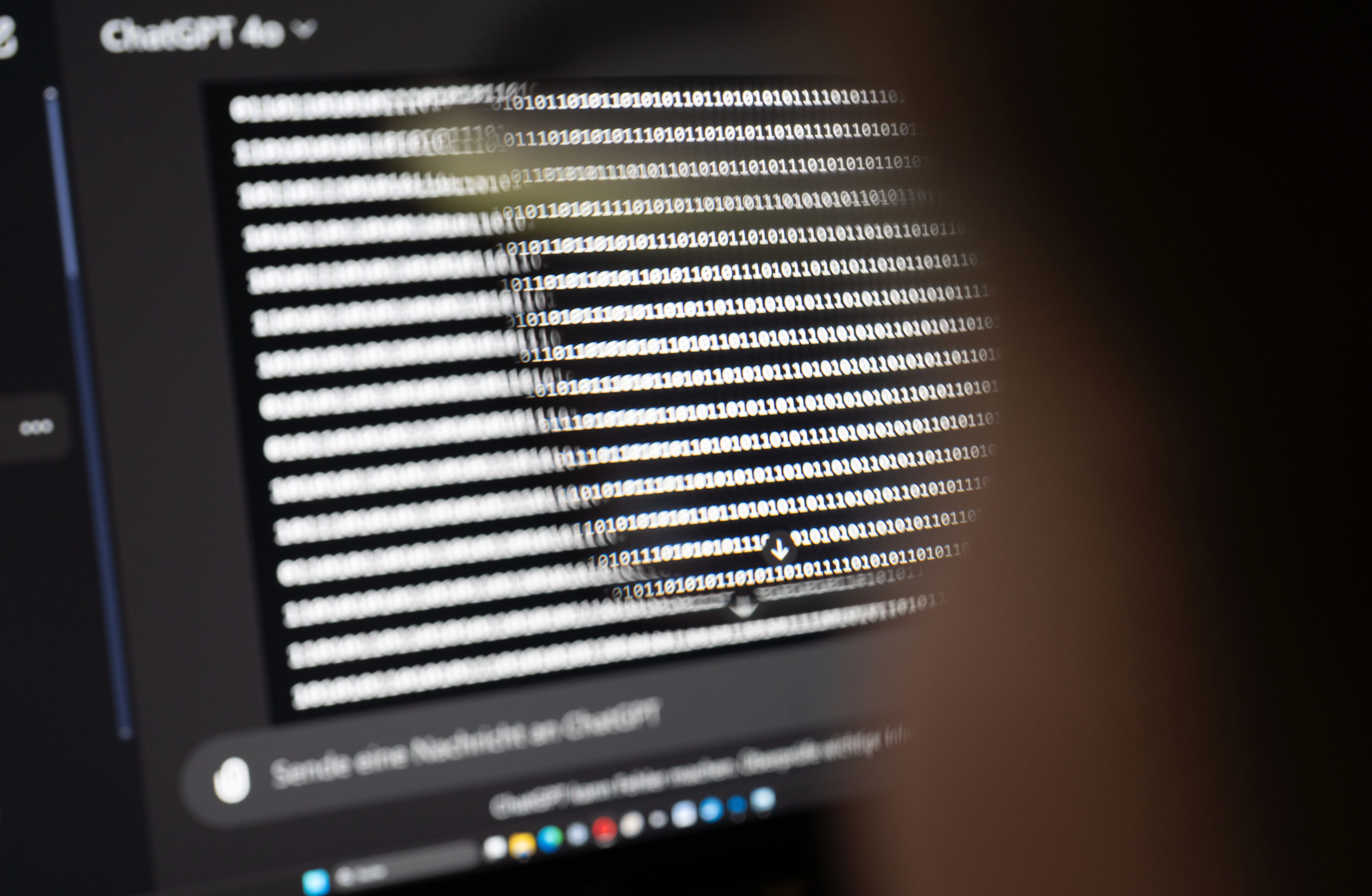Artificial Intelligence in Education: Addressing the Challenge of AI-Generated Essays

Understanding the Challenge of AI in Education
Artificial Intelligence has transformed how students approach essay writing. With AI models such as ChatGPT becoming more prevalent, educators face significant challenges in assessing student work. As these AI systems generate sophisticated essays, the effectiveness of traditional assessments is under scrutiny.
AI Tools and Their Impact on Essays
AI-generated essays have become a common occurrence in classrooms, leading to a desperate need for innovation in education strategies. The reliance on AI has diminished the relevance of essays, and many educators are tasked with adapting their grading methods. The demand for original content remains, yet AI can produce essays quickly and efficiently.
Innovative Solutions for Detection
One proposed solution to detect AI-generated content is a watermarking technique developed by researchers at OpenAI. This approach aims to make AI-generated text easily identifiable, even after minor alterations. The method introduces specific scoring rules that subtly skew the generated text's characteristics, which can later be analyzed to determine its origin.
Challenges in Releasing Watermarking Technology
Despite the promising nature of this technology, competition among AI providers has hindered its public release. If only one provider, such as OpenAI, implements watermarking, others could lose users who opt for non-watermarked systems. As a result, regulatory measures like the California Digital Content Provenance Standards aim to enforce watermarking across all generative AI technologies, ensuring a level playing field.
The Future of AI and Education
The debate surrounding AI's impact on education continues to evolve. As institutions explore alternative assessment strategies, the focus on maintaining academic integrity remains paramount. Teachers adapt by shifting to in-class assessments, which may foster a more authentic evaluation of student capabilities.
This article was prepared using information from open sources in accordance with the principles of Ethical Policy. The editorial team is not responsible for absolute accuracy, as it relies on data from the sources referenced.